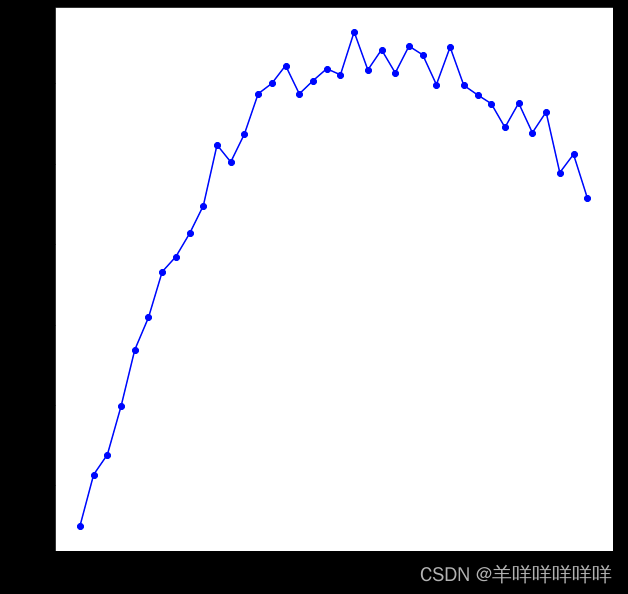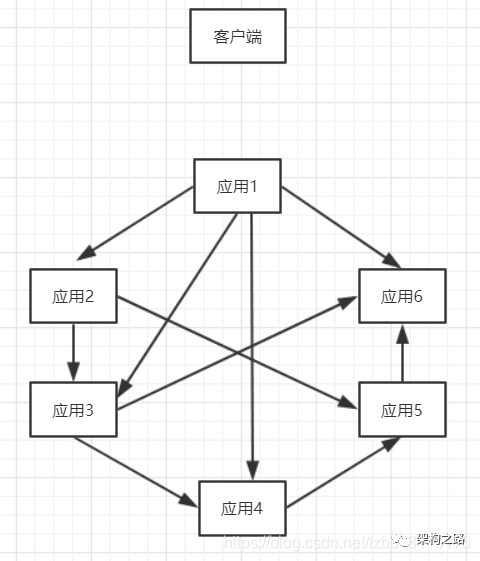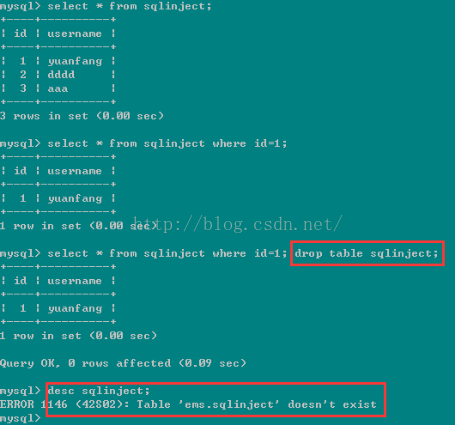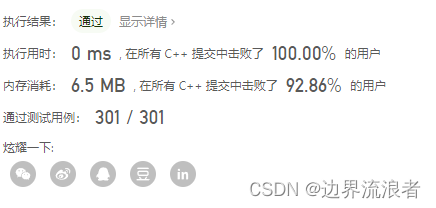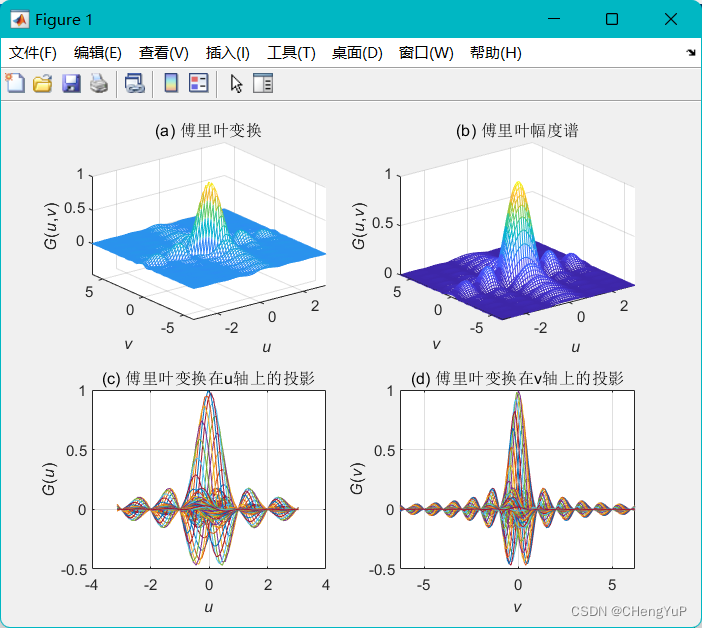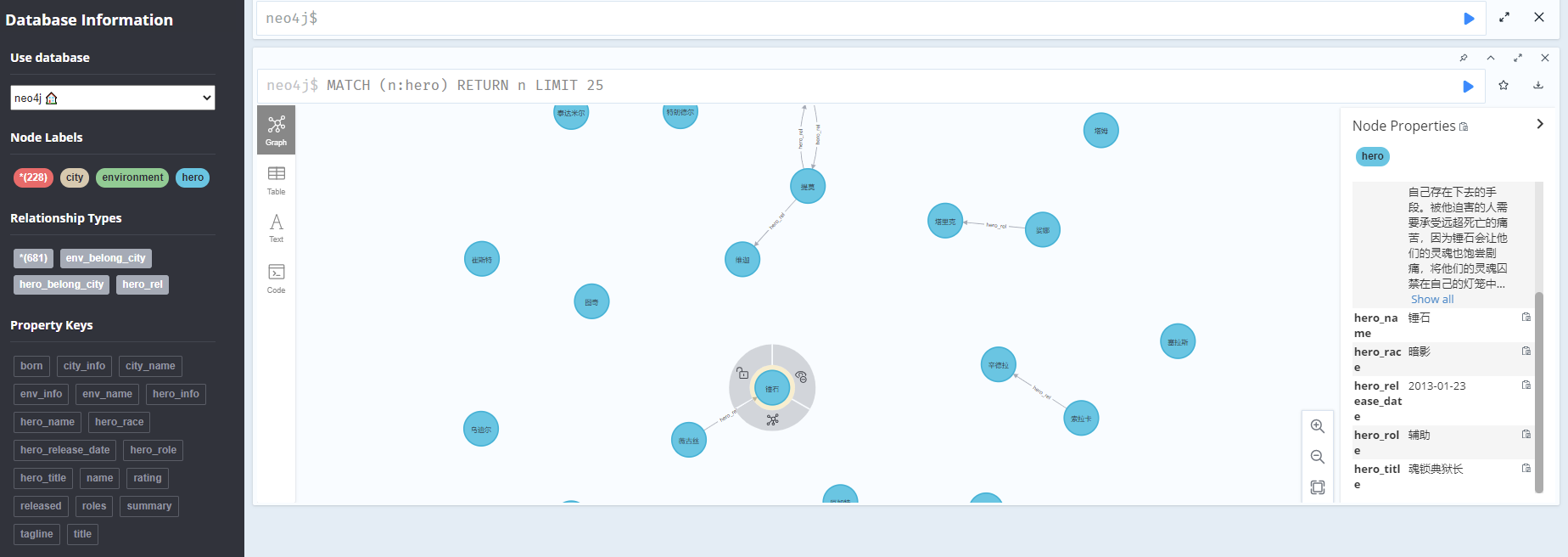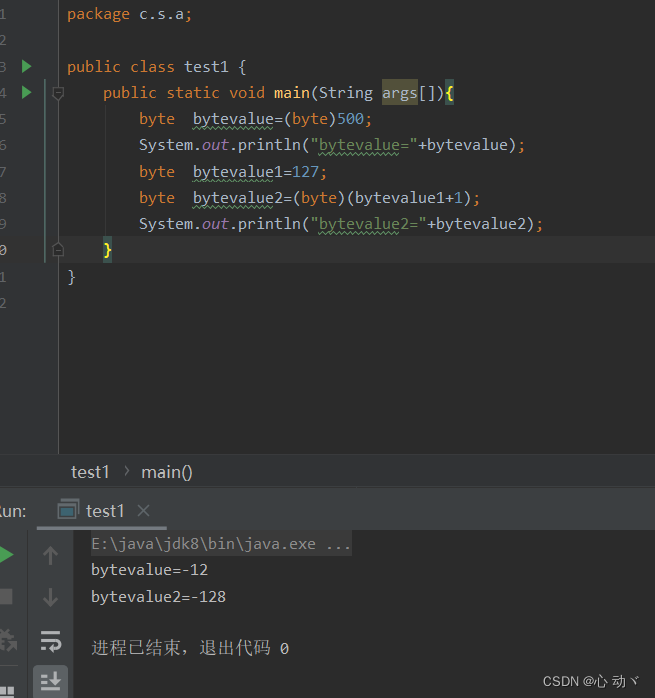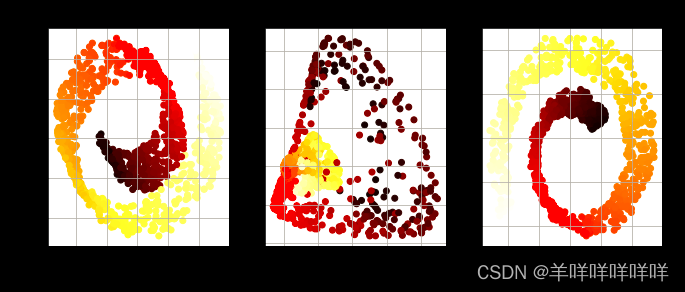当前位置:网站首页>Feature Engineering Study Notes
Feature Engineering Study Notes
2022-08-03 12:12:00 【Sheep baa baa baa】
Some functions that operate on features of the data
1.Encoding for strings
读取数据
import pandas as pd
vg_df =pd.read_csv(,encoding='ISO-8859-1')
vg_df[['Name','Platform','Year','Genre','Publisher']].iloc[1:7]LabelEncoder:Converts the values of different text properties to numbers.
import numpy as np
genre=np.unique(vg_df['Genre'])
from sklearn.preprocessing import LabelEncoder
gle =LabelEncoder()
gle_label =gle.fit_transform(vg_df['Genre'])
genre_mapping = {index:label for index,label in enumerate(gle.classes_)}
gle.classes_可以通过gle.classes_Output the trained classification.
poke_df =pd.read_csv(,encoding='ISO-8859-1')
poke_df.head()
gle =LabelEncoder()
generation_label =gle.fit_transform(poke_df['Generation'])
poke_df['Generation_label']=generation_label
poke_dfOneHotEncoder:独热编码,Perform numerical mapping operations on the data,One-hot encoding can expand all possible cases.
from sklearn.preprocessing import OneHotEncoder
onehot_encoder = OneHotEncoder()
gen_feature_arr = onehot_encoder.fit_transform(poke_df[['Generation']]).toarray()
gen_feature_labels = list(gle.classes_)
gen_features = pd.DataFrame(gen_feature_arr,columns =gen_feature_labels)
poke_df_ohe = pd.concat([poke_df,gen_features],axis=1)
poke_df_ohe或者可以通过pd.get_dummies进行操作
gen_ohe = pd.get_dummies(poke_df['Generation'])
pd.concat([gen_ohe,poke_df],axis=1)
gen_onehot_features = pd.get_dummies(poke_df['Generation'],prefix='one_hot')##prefitAdd prefix to
pd.concat([poke_df,gen_onehot_features],axis=1)2.Binary and polynomial features
Operates on binary features
popsong_df = pd.read_csv(,encoding='utf-8')
popsong_df.head()
watched = np.array(popsong_df['listen_count'])
watched[watched >=1]=1
popsong_df['watched']=watched
popsong_df
from sklearn.preprocessing import Binarizer
bn = Binarizer(threshold=0.9)
pd_watched = bn.transform(popsong_df['listen_count'].values.reshape(-1,1))
popsong_df['pd_watched']=pd_watched
popsong_df.head()可以使用PolynomialfeatureChanges to higher power data into new features
poke_df =pd.read_csv(,encoding='utf-8')
atk_df = poke_df[['Attack','Defense']]
atk_df.head()
from sklearn.preprocessing import PolynomialFeatures
pf = PolynomialFeatures(degree=2,interaction_only=False,include_bias=False)
res =pf.fit_transform(atk_df)3.Discretize continuous values,Divide the data into intervals
fcc_survey_df =pd.read_csv(,encoding='utf-8')
fcc_survey_df.head()
fcc_survey_df['Age_bin_round']= np.array(np.floor(np.array(fcc_survey_df['Age'])/10.))##np.floor为向下取整
fcc_survey_df[['Age','Age_bin_round']]
quantile_list=[0,.25,.5,.75,1.]
quantiles =fcc_survey_df['Income'].quantile(quantile_list)
quantiles
quantiles_label=['0~25','25~50','50~75','75~100']
fcc_survey_df['income_quantile_range']=pd.qcut(fcc_survey_df['Income'],q=quantile_list)
fcc_survey_df['income_quantile_label'] =pd.qcut(fcc_survey_df['Income'],q=quantile_list,labels = quantiles_label)
fcc_survey_df4.Operates on time series using logarithms
fcc_survey_df['income_log'] = np.log((1+fcc_survey_df['Income']))
income_log_mean = np.round(np.mean(fcc_survey_df['income_log']),2)
import datetime
import numpy as np
import pandas as pd
from dateutil.parser import parse
import pytz
time_stamps = ['2015-03-08 10:30:00.360000+00:00', '2017-07-13 15:45:05.755000-07:00',
'2012-01-20 22:30:00.254000+05:30', '2016-12-25 00:30:00.000000+10:00']
df = pd.DataFrame(time_stamps, columns=['Time'])
df
ts_objs = np.array([pd.Timestamp(item) for item in np.array(df.Time)])
df['Year'] = df['TS_obj'].apply(lambda d: d.year)
df['Month'] = df['TS_obj'].apply(lambda d: d.month)
df['Day'] = df['TS_obj'].apply(lambda d: d.day)
df['DayOfWeek'] = df['TS_obj'].apply(lambda d: d.dayofweek)
df['DayOfYear'] = df['TS_obj'].apply(lambda d: d.dayofyear)
df['WeekOfYear'] = df['TS_obj'].apply(lambda d: d.weekofyear)
df['Quarter'] = df['TS_obj'].apply(lambda d: d.quarter)
df[['Time', 'Year', 'Month', 'Day', 'Quarter',
'DayOfWeek', 'DayOfYear', 'WeekOfYear']]文本特征处理
1.建立词袋模型,进行分词操作
import pandas as pd
import numpy as np
import re
import nltk
corpus = ['The sky is blue and beautiful.',
'Love this blue and beautiful sky!',
'The quick brown fox jumps over the lazy dog.',
'The brown fox is quick and the blue dog is lazy!',
'The sky is very blue and the sky is very beautiful today',
'The dog is lazy but the brown fox is quick!'
]
labels = ['weather', 'weather', 'animals', 'animals', 'weather', 'animals']
corpus = np.array(corpus)
corpus_df = pd.DataFrame({'Document': corpus,
'Category': labels})
corpus_df = corpus_df[['Document', 'Category']]
corpus_df
#加载停用词
wpt = nltk.WordPunctTokenizer()
stop_words = nltk.corpus.stopwords.words('english')
def normalize_document(doc):
# 去掉特殊字符
doc = re.sub(r'[^a-zA-Z0-9\s]', '', doc, re.I)
# 转换成小写
doc = doc.lower()
doc = doc.strip()
# 分词
tokens = wpt.tokenize(doc)
# 去停用词
filtered_tokens = [token for token in tokens if token not in stop_words]
# 重新组合成文章
doc = ' '.join(filtered_tokens)
return doc
norm_corpus = normailized_document(corpus)
norm_corpus2.Construct methods using text features
tf-idf:Don't worry about word frequency,Also consider the importance of words
from sklearn.feature_extraction.text import TfidfVectorizer
tv = TfidfVectorizer(min_df=0.,max_df=1.,use_idf=True)
tv_matrix = tv.fit_transform(norm_corpus)
tv_matrix=tv_matrix.toarray()
vocab = tv.get_feature_names()
pd.DataFrame(np.round(tv_matrix,2),columns=vocab)Similarity feature:Convert features to branch data,Then calculate its similarity,这里需要tf-idf值
##文本Similarity feature
from sklearn.metrics.pairwise import cosine_similarity
similarity_matrix =consine_similarity(tv_matrix)特征聚类:Divide the data into heaps,Finally give each pile an actual label.
##特征聚类
from sklearn.cluster import KMeans
km = KMeans(n_cluster=2)
km.fit_transform(similarity_df)
cluster_labels -km.labels_
cluster_labels =pd.DataFrame(cluster_labels,columns=['ClusterLabel'])
pd.concat([corpus_df,cluster_labels],axis=1)Build topic models:Topic models are unsupervised methods,The input is the processed corpus,You can get the topic type and the weight of each word.
##主题模型
from sklearn.decomposition import LatentDirichletAllocation
lda =LaatentDirichletAllocation(n_topics=2,max_iter=100,random_state=42)
dt_matrix =lda.fit_transform(tv_matrix)
features =pd.DataFrame(dt_matrix,columns=['T1','T2'])
tt_matrix =lda.components_
for topic_weights in tt_matrix:
topic =[(token,weight) for token,weight in zip(vocab,topic_weights)]
topic =sorted(topic,key =lambda x :-x[1])
topic =[item for item in topic if item[1] >0.6]
print(topuc)Build a word vector model:Choose to initialize each word,The actual spatial meaning is given to each word.
##词向量模型
from gensim.models import word2vec
wpt = nltk.wordPunctTokenizer()
tokenized_corpus =[wpt.tokenized(documents) for documents in norm_corpus]
feature_size =10##词向量维度
windows_context =10##滑动窗口
min_word_count =1##最小词频
w2v_model =word2vec.WoRD2vEC(tokenized_corpus,size =feature_size,windows =window_context,min_count =min_word_count)
w2v_model.wv['sky']边栏推荐
猜你喜欢
随机推荐
别再用if-else了,分享一下我使用“策略模式”的项目经验...
Matlab学习12-图像处理之图像增强
Matlab学习11-图像处理之图像变换
类型转换、常用运算符
Mysql重启后innodb和myisam插入的主键id变化总结
R语言ggplot2可视化:使用ggpubr包的ggline函数可视化折线图、设置add参数为mean_se和dotplot可视化不同水平均值的折线图并为折线图添加误差线(se标准误差)和点阵图
FE主导打造一个运营活动平台
Matlab学习10-图像处理之傅里叶变换
bash case usage
ROS中编译通过但是遇到可执行文件找不到的问题
viewstub 的详细用法_pageinfo用法
矩阵的计算[通俗易懂]
我在母胎SOLO20年
App自动化测试怎么做?实战分享App自动化测试全流程
Apache APISIX 2.15 版本发布,为插件增加更多灵活性
RTP协议分析
LeetCode-142. 环形链表 II
永寿 永寿农特产品-苹果
5个超好用手机开源自动化工具,哪个适合你?
深度学习:文本CNN-textcnn
